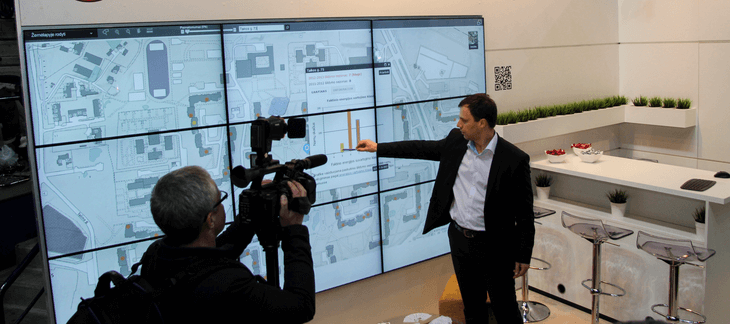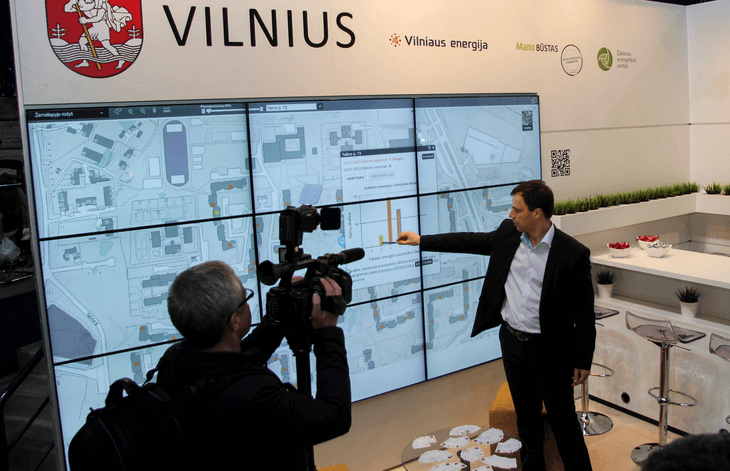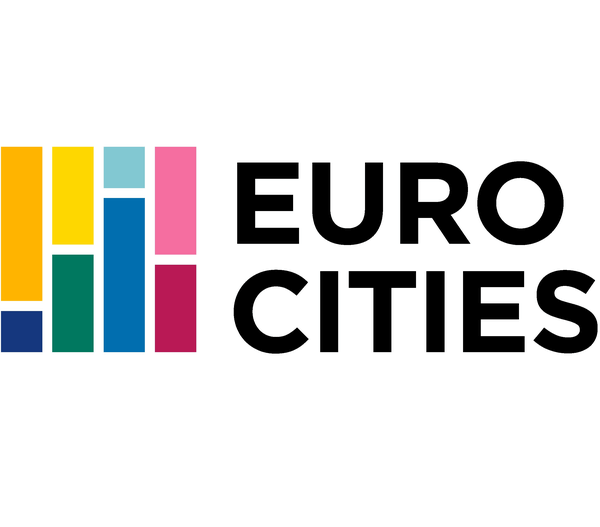An innovative interactive energy map lets Vilnius citizens access and compare energy performance data for every apartment block in the city, online.
Residents of Vilnius’ 2,800 city-owned apartment blocks can now access an online map to evaluate and compare the heat consumption of their buildings. This interactive map uses a classification system, ‘actual energy consumption class’, to sort buildings into six categories according to their heat consumption, ranging from good to especially bad. Vilnius is currently in the process of renovating the blocks, with a goal of 600 by 2020. This would make a big difference to the city’s heat consumption, but in the meantime it hopes to raise awareness among residents of ways to improve energy efficiency. By visiting the map online or on their smartphones, residents can find out how their building ranks, compare its consumption over several years and compare it with other buildings in the city. The city then offers tips on how to improve efficiency, such as insulation, window and door replacement and heating system modernisation.
Originally published by EUROCITIES, the network of 130 European cities PDF: http://nws.eurocities.eu/MediaShell/media/Citiesinaction_Vilnius_April15.pdf
Eurocities Awards
This project was awarded the 'Eurocities Awards' in 2014 in the following category: Innovation.
Over two thirds of Vilnius’s 600,000 citizens live in privately owned apartments, in large multi-storey blocks built between 1960 and 1990. They were constructed with poor thermal insulation and old style centralised heating systems. Heat is delivered to every apartment, from October to April, with no apartment level metering or controls. It has been shown that the energy efficiency of these buildings could be improved by up to 50% with major renovation. Reducing energy consumption and CO2 emissions is a major priority for Vilnius. Initial surveys of the city’s 4,799 apartment blocks identified 2,800 blocks that would deliver significant energy efficiency improvements through modernisation.
By 2012, the homeowner associations of 96 of these blocks had undertaken major energy saving renovations, including roof insulation, window and door replacement, and heating and ventilation system modernisation. But it was clear that other multi-apartment homeowner associations needed encouragement to do the same.
Working closely with Vilnius Municipal Government and energy company UAB Vilniaus Energija, Dr Romanas Savickas of Vilnius Gediminas Technical University took up the challenge. He devised an innovative interactive energy classification map, displaying actual energy efficiency for every residential block in Vilnius. The project required the development of reliable and meaningful energy efficiency indicators and making these accessible to all citizens.
The solution uses actual monthly energy consumption data during the heating season, for all 4,799 apartment buildings in Vilnius. An advanced methodology is then used to adjust this data for factors such as external temperatures, heating temperatures and heating duration. The outcome is an energy efficiency measurement for each building.
To make comparisons easier, the energy efficiency measurements are grouped into 15 classes: class one for very high energy efficiency down to class 15 for very low energy efficiency. These 15 classes are further grouped to create six energy efficiency ratings, colour coded for display on the map: very good and good (both in green), average (yellow), poor (orange), very poor (red), and extremely poor (purple).
This energy efficiency information for all 4,799 apartment buildings is displayed on the interactive energy efficiency map. By going online, on a computer or smartphone, citizens can now freely access energy performance data for every residential block in the city. They can select a particular building, and then view a pop up window showing energy-related information. This includes: the building’s energy efficiency class for each winter since 2011-2012; building type and construction year; monthly energy efficiency graphs to date.
Information is updated each month during the heating season; and new multi-apartment buildings can be added.
Total costs for this project amount €50,000, funded by the heat supply company.
At the launch in 2013, energy efficiency for the 96 recently renovated blocks was confirmed as very good; 256 blocks were rated good; 1,104 average; 2,715 poor; 512 very poor; and 119 extremely poor.
By January 2015, the Vilnius energy map had been accessed and viewed more than 200,000 times; and the number of homeowner associations joining Lithuania’s national renovation and modernisation programme for multi-apartment buildings had grown to more than 400.
With increasing public awareness of energy efficiency, Vilnius Municipal Government is confident that further homeowner associations will vote in favour of modernising their multi-apartment blocks. The aim is for an additional 240 blocks to be renovated by 2016, with a total of 600 blocks renovated by 2020, which could cut CO2 emissions by 1,800 tonnes a year.
Raising public awareness of the map has been a vital aspect, and was included in the €50,000 project funding from UAB Vilniaus Energija. In 2014, the map was promoted at two major exhibitions. Members of the public were able to access the map, view an accompanying energy conservation video, and receive advice on energy saving measures.
Cities in action - Interactive energy classification map, Mapping energy efficiency in homes - EUROCITIES, April 2015.
External links / documents
Related case studies
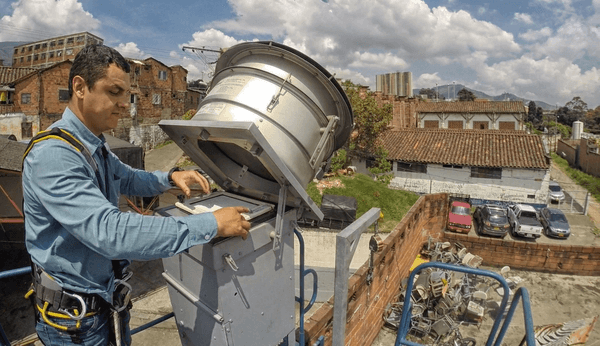
Valle de Aburrá, Colombia
SIATA: Early Warning System of the Aburra Valley
SIATA is a science and technology project framed in the context of risks associated with natural hazards, sustainability, and the development of smart cities.
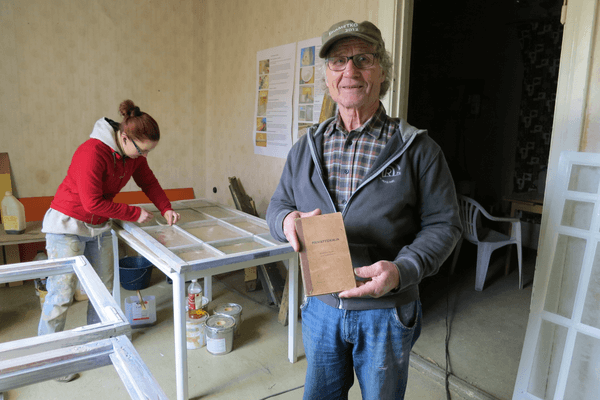
Tampere, Finland
Tampere: Making heritage housing more energy ef...
Tampere supports actions to make its heritage housing more energy efficient while assisting young people to gain the technical skills needed to carry out these works.
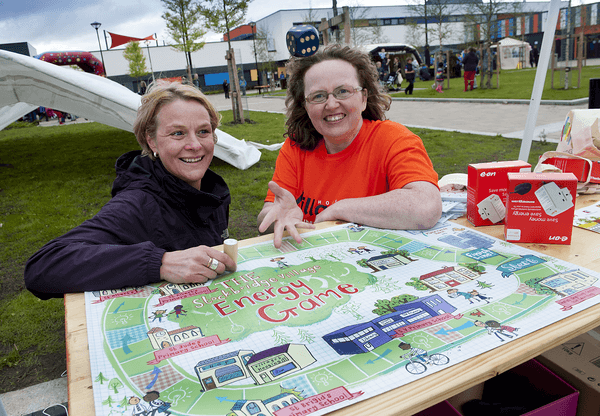
Liverpool, United Kingdom
REECH initiative
Through REECH, Liverpool works with a range of partners, including social housing providers and local authorities, to improve the energy efficiency of social housing and SME business premises in its most deprived communities.
